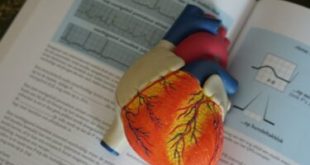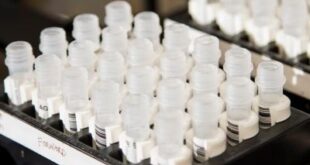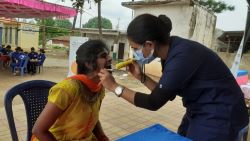Testicular cancer is a rare type of cancer that affects the testicles, the male reproductive glands located in the scrotum. Although it is not as common as other types of cancer, it is the most common type of cancer in men between the ages of 15 and 35. Fortunately, testicular cancer is highly curable, especially if detected early.
In this article, we will discuss the signs and symptoms of testicular cancer that men should be aware of. We will also discuss the importance of early detection and how men can perform self-examinations to detect any abnormalities in their testicles.
Warning Signs of Testicular Cancer
The most common sign of testicular cancer is a lump or swelling in one of the testicles. This lump may be painless or cause discomfort, and it may be accompanied by a feeling of heaviness or aching in the affected testicle. It is important to note that not all lumps in the testicles are cancerous, but a healthcare professional should examine any lump or swelling.
Other symptoms of testicular cancer include pain or discomfort in the testicle or scrotum, changes in the size or shape of the testicle, hardening or thickening of the testicle, breast enlargement or tenderness, and back pain. Other conditions may cause these symptoms, but it is essential to have them checked out by a doctor to rule out testicular cancer.
It is also important to note that some men with testicular cancer may not experience any symptoms at all. This is why regular self-examinations and routine check-ups with a healthcare provider are important.
Early Detection of Testicular Cancer
Early detection is key in the successful treatment of testicular cancer. The earlier the cancer is detected, the better the chances of a successful outcome. It is recommended that men perform monthly self-examinations to check for any lumps, swelling, or changes in the size or shape of their testicles.
Treatment of Testicular Cancer
If testicular cancer is detected, several treatment options are available, including surgery, radiation therapy, and chemotherapy. The specific treatment plan will depend on the stage and type of cancer, as well as the patient’s overall health.
In most cases, surgery is the first line of treatment for testicular cancer. The affected testicle is removed in a procedure called a radical inguinal orchiectomy. This procedure is usually performed under general anaesthesia and is considered a safe and effective treatment for testicular cancer.
After surgery, further treatment may be necessary, depending on the stage and type of cancer. Radiation therapy or chemotherapy may be recommended to destroy any remaining cancer cells and prevent the cancer from returning.
Testicular cancer is a rare but highly treatable type of cancer that affects the testicles. Early detection is key in successfully treating testicular cancer, and men should be aware of the warning signs and symptoms. Monthly self-examinations and routine check-ups with a healthcare provider are important in detecting any abnormalities in the testicles.
By – Dr. Chandrashekhar Prasad Singh, Consultant- Medical Oncology, HCG Cancer Centre, Ranchi
 Newspatrolling.com News cum Content Syndication Portal Online
Newspatrolling.com News cum Content Syndication Portal Online







